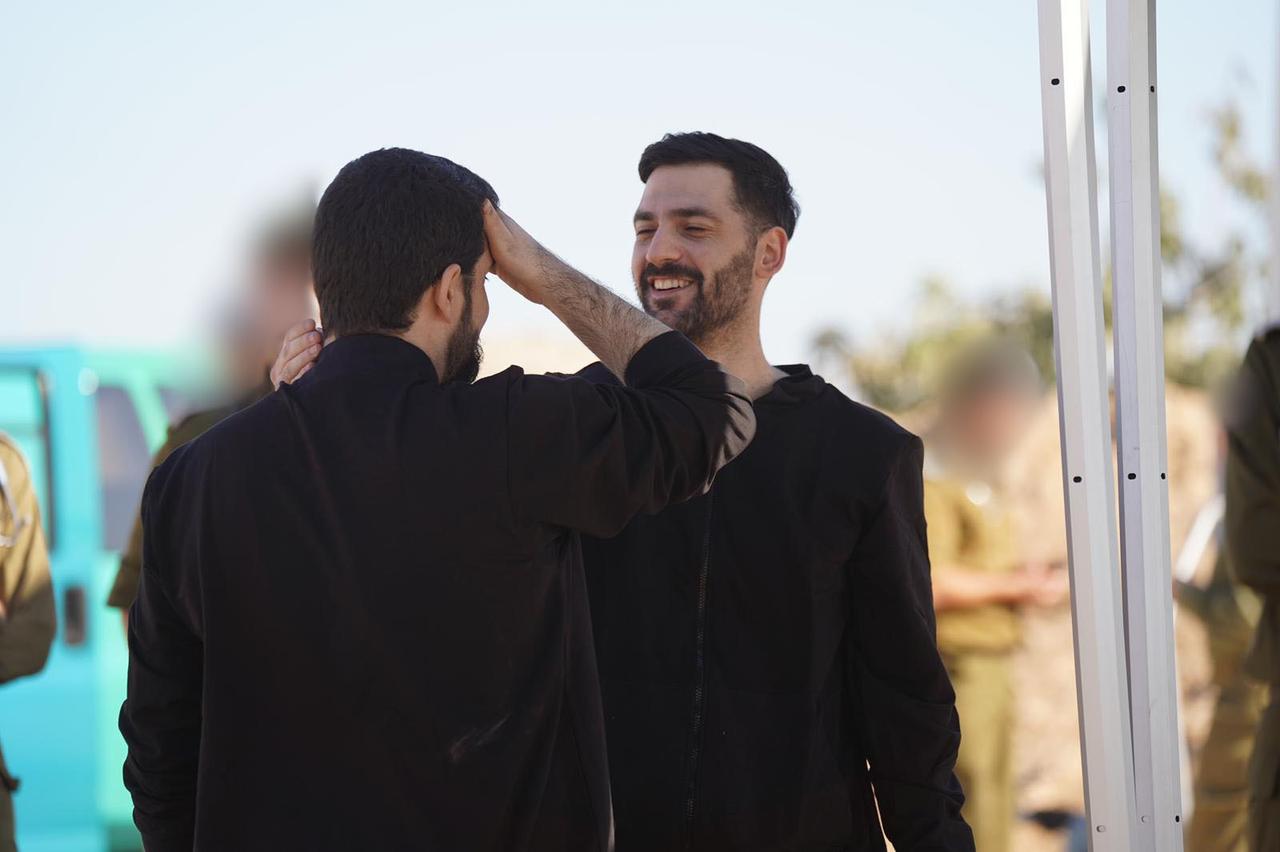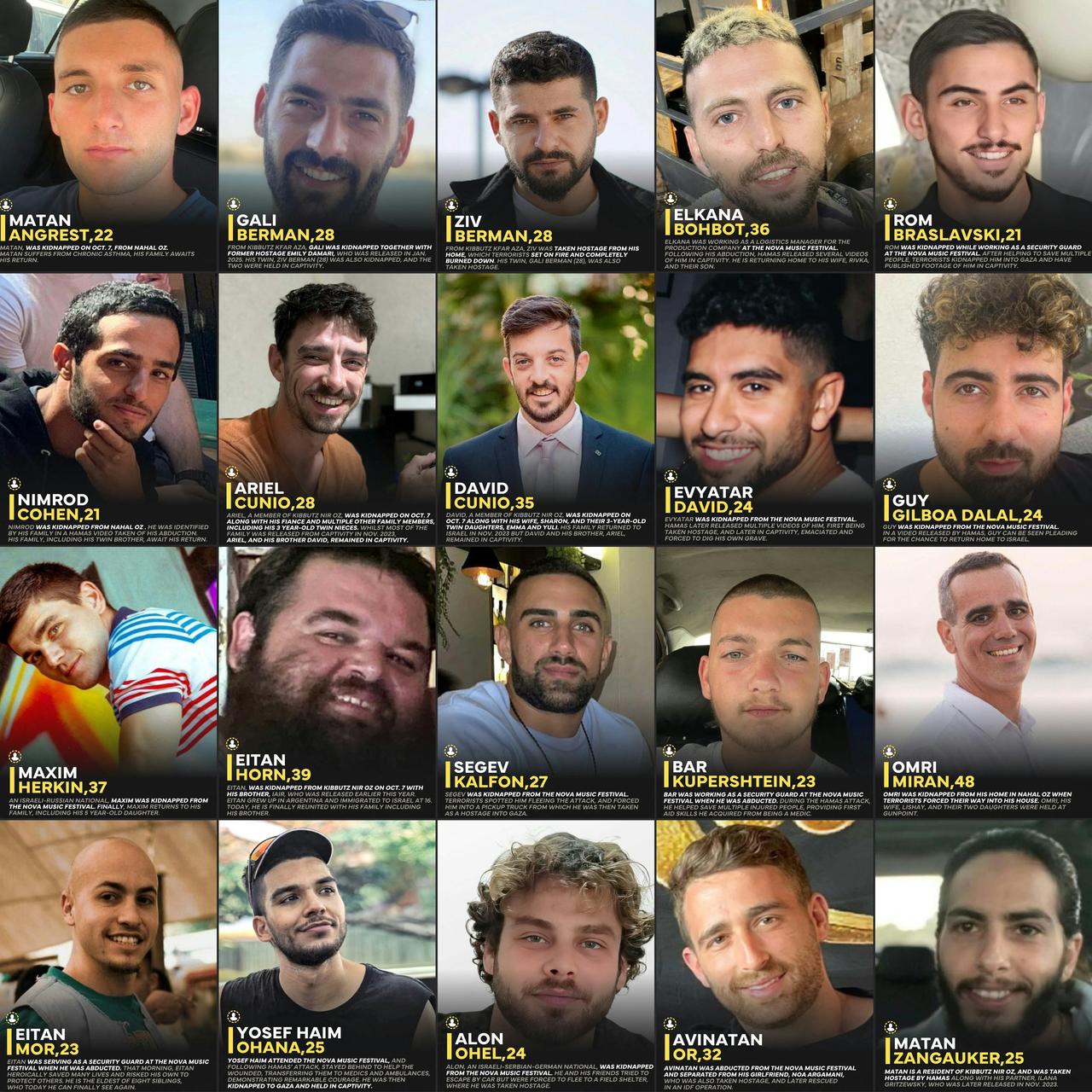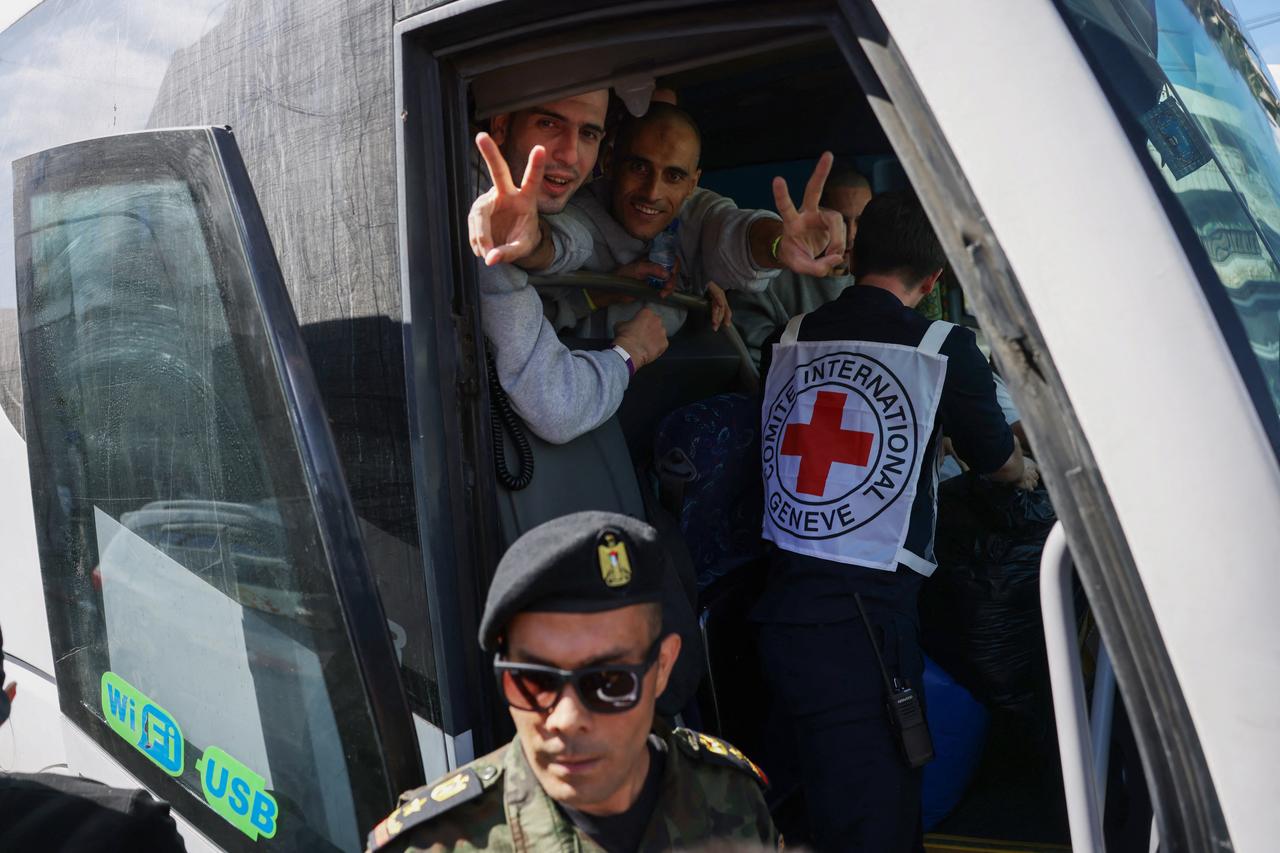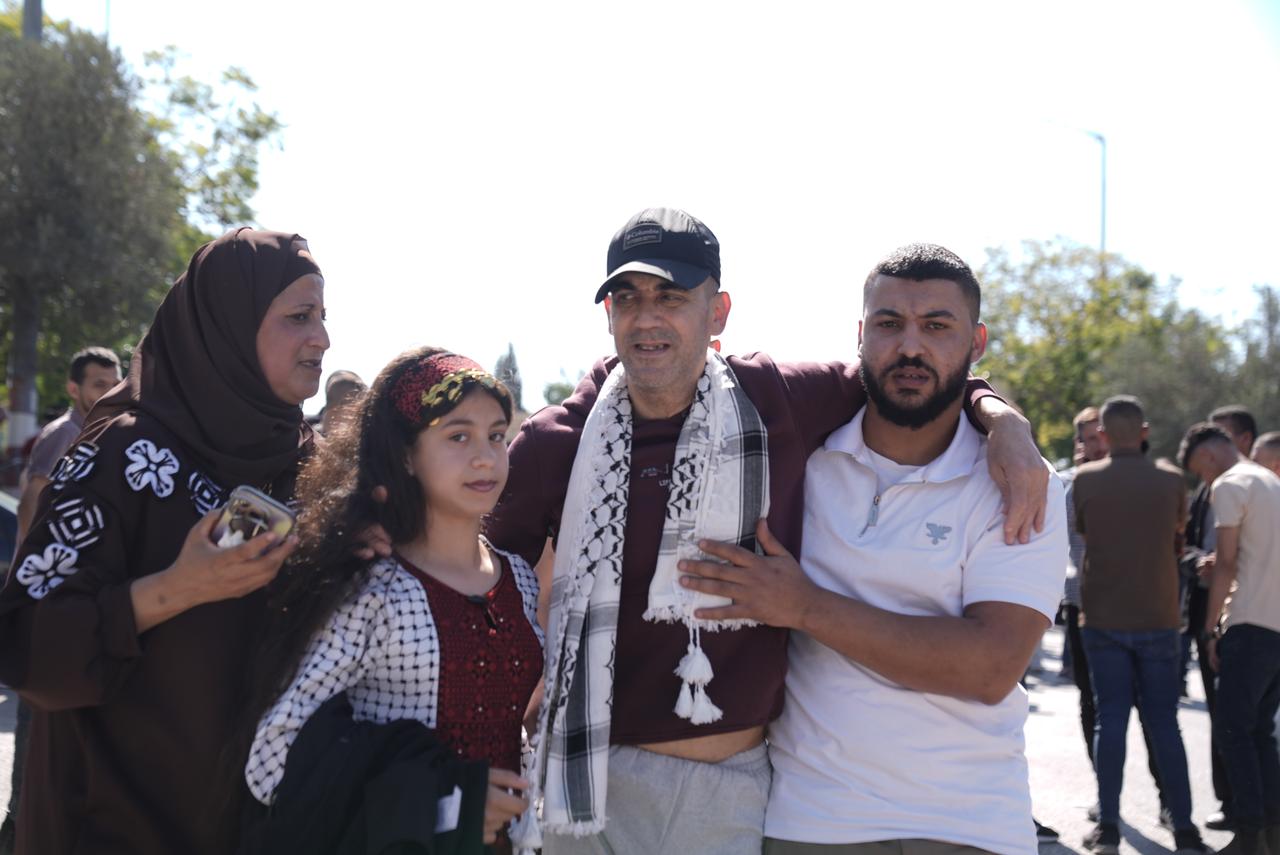
The Palestinian group Hamas’ military wing, Al-Qassam Brigades, concluded on Monday the release of 20 living Israeli hostages, according to an Anadolu correspondent.
The hostages were handed over to Red Cross teams in two groups in the Gaza Strip.
In a striking scene, the release of the Israeli hostages in visibly good condition drew wide attention.
Signs of relief appeared on their faces during the handover, reviving comparisons between the conditions of Palestinian prisoners in Israeli jails and those of Israeli captives held by Hamas.

The scene revived comparisons between the conditions of Palestinian prisoners held in Israeli jails and those of Israeli captives detained by Hamas.
The release took place as part of a broader deal that also includes Israel’s release of a large number of Palestinian detainees.

In exchange for the released Israeli hostages, 1,968 Palestinian prisoners, including 250 sentenced to life, will be released under the ceasefire agreement between Israel and Hamas.
The Palestinian Prisoners’ Media Office on Monday morning published lists containing the names of Palestinian detainees released as part of the “Al-Aqsa Flood” prisoner exchange deal with Israel.
However, this is not the first time captives have been released from Hamas in good health and expressed gratitude.
In February 2025, three Israeli captives were released as part of a truce agreement.
In their public statements, they expressed gratitude to Hamas for the care they received during their detention.
The freed Israeli captive said that he was provided with food, water and medicine by Hamas during the 15-month Israeli war on Gaza.
“Thanks to them, I’m alive today. I say a huge thank you.”

“I thank the Qassam Brigades for taking care of me when I was injured. They gave me food, water, and medicine. They looked after me, and I’m alive because of them,” said Levy.
The Israeli newspaper Yedioth Ahronoth reported on Monday that Hamas allowed Israeli hostages to speak with their families by phone shortly before their release.
The phone calls between hostages and their families are considered an unprecedented step in the history of prisoner exchange deals between Palestinians and Israel.

In contrast, shocking testimonies have shed light on the harsh conditions endured by Palestinian prisoners inside Israeli jails.
Freed detainee Samih Halebiyye, who spent ten years behind bars, revealed what he described as a policy of “systematic starvation” imposed by Israeli prison authorities over the past two years.
Halebiyye, recently released as part of the prisoner exchange between Israel and Hamas, said he lost around 40 kilograms due to constant hunger and malnutrition.
“We have not felt full for a single day in two years — hunger is killing the prisoners slowly,” added.
Halebiyye said that daily life in the cells “goes beyond punishment to humiliation,” explaining that many prisoners rely on water and salt to survive hunger, while the sick are deprived of medicine and treatment.
International human rights organizations have long described Israeli prisons as “harsh and inhumane environments,” particularly since the tightening of restrictions following the outbreak of the war in Gaza.